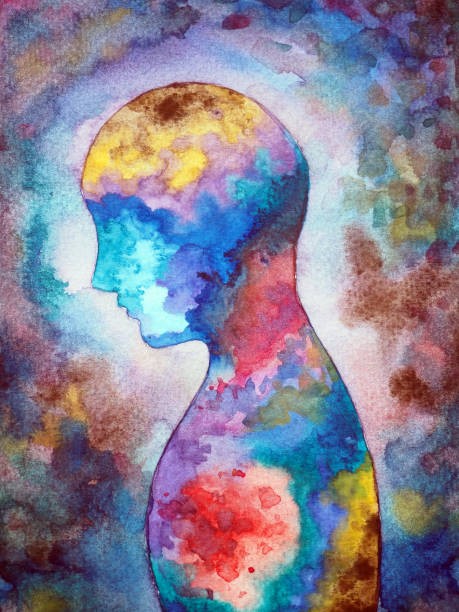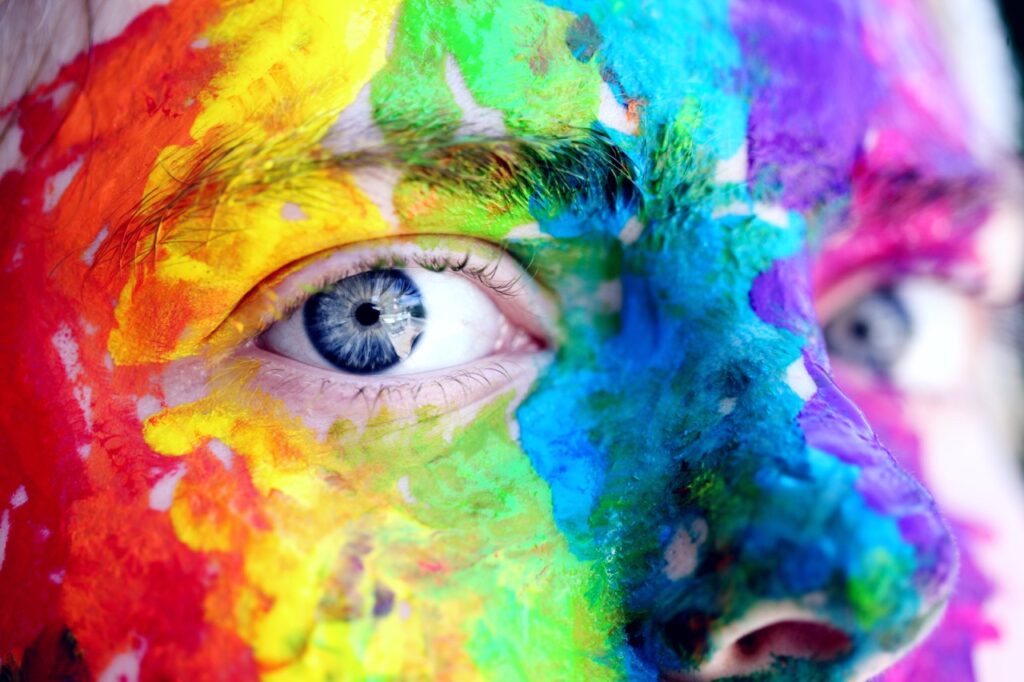Expressive Arts Therapy
Exploring Expressive Arts Therapy
Expressive arts therapy is a transformational and powerful technique that uses the creative process to promote healing and growth in people of all ages. Individuals may tap into their inner world, express their feelings, and acquire insights into their experiences by participating in various creative forms such as painting, music, dancing, writing, and others. This article examines the ideas, procedures, and advantages of expressive arts therapy, focusing on its ability to help teenagers heal from trauma and adverse childhood experiences (ACEs).
What is Expressive Arts Therapy?
Expressive arts therapy is a multimodal approach to therapy that incorporates several art genres. It expands on standard talk therapy by adding visual arts, music, movement, theater, and writing to encourage self-expression, emotional release, and personal growth. The emphasis is not on producing a masterpiece, but on the process of engaging in artistic pursuits and the insights obtained as a result.
Individuals are urged to explore their inner world, delve into their creativity, and utilize various creative mediums to communicate their thoughts, feelings, and experiences in expressive arts therapy. This type of therapy acknowledges that not everyone has the vocabulary to convey their feelings and provides alternatives for communication and self-discovery.

The Power of Imagination and Creativity
The power of imagination and creativity is a vital component of expressive arts therapy. Individuals can use their imagination to access their inner resources and explore possibilities outside their existing reality. Individuals can externalize their ideas and feelings via artistic expression, acquiring a new perspective and generating a sense of empowerment.
According to research, engaging in imaginative play and creative activities can have a significant impact on emotional growth and healing. In the setting of trauma and adversity, imagination provides a secure container for exploring and processing painful emotions, memories, and experiences. Adolescents can find new methods to survive, heal, and grow by returning to the realm of imagination, where the unthinkable is conceivable and magic occurs.
The Two-Phase Intervention: Mythical Creatures and Their Homes
A two-phase intervention for adolescents with numerous ACEs and/or trauma was designed to investigate the potential of imagination and creativity in the healing process. The first step had them developing their own mythological monster, while the second phase involved them constructing a house for their mythical creature. Participants were able to engage in imaginative play, externalize their thoughts and feelings, and investigate symbolism and meaning-making through these activities.
Adolescents were encouraged to utilize various creative materials to bring their legendary monster to life in the first phase. This method helped them to delve into their creativity, explore their inner world, and express elements of themselves that might otherwise be difficult to explain verbally. The legendary creature’s construction became a concrete embodiment of their inner experiences as well as a strong instrument for self-expression.
Adolescents were encouraged to design a house for their legendary creature in the second round. This exercise provided them with a symbolic area in which to cultivate feelings of safety, security, and belonging. Participants were allowed to examine their own needs for comfort, safety, and stability by designing and building a house. This method enabled them to go deeper into their inner world, facilitating healing and progress.

The Role of Symbolism and Meaning-Making
The relevance of symbolism and meaning-making in the healing process is recognized by expressive arts therapy. Individuals can examine the symbolism underlying their ideas, feelings, and experiences via artistic expression. Symbols can symbolize unconscious ideas and feelings, bridging the conscious and unconscious mind.
Individuals can obtain a greater knowledge of the significance of symbols by externalizing their ideas and feelings via art. This method enables for the reflection, integration, and change of traumatic events. Individuals can use symbolism and meaning-making to make sense of their history, gain new perspectives, and build narratives of healing and progress.
Benefits of Expressive Arts Therapy
Expressive arts therapy offers a range of benefits for individuals struggling with trauma, adverse childhood experiences, and other mental health concerns. Some of the key benefits include:
- Self-expression and emotional release: Participating in creative activities assists people to express and release feelings that are difficult to convey verbally.
- Exploration and insight: Individuals can receive insights into their ideas, feelings, and experiences via the creative process, leading to enhanced self-awareness and understanding.
- Empowerment and agency: Individuals feel empowered when they have control over their artistic choices and can actively create their recovery process.
- Coping and resilience: The expressive arts therapy imaginative and creative parts assist individuals with alternative coping mechanisms and help build resilience in the face of hardship.
- Integration and transformation: Exploring symbols and meaning-making enables people to integrate unpleasant events, gain new perspectives, and modify their narratives.
- Enhanced communication and social connection: Taking part in creative activities in a therapeutic setting can help to develop communication skills, strengthen social relationships, and promote a feeling of belonging.

Applying Expressive Arts Therapy in Practice
Individual therapy, group therapy, schools, hospitals, and community centers can all benefit from expressive arts therapy. Individuals are guided through the creative process by trained therapists, who also provide a safe and supportive setting and enable reflection and investigation of the artwork generated.
The techniques and activities utilized in expressive arts therapy are adjusted to the individual’s or group’s requirements and preferences. Painting, sketching, sculpting, dancing, music-making, writing, storytelling, role-playing, and other activities may be included. The emphasis is on the process rather than the finished product, allowing individuals to express themselves without criticism or pressure.
Training and Qualifications
Expressive arts therapy practitioners often have a master’s degree in expressive arts therapy, psychology, fine arts, education, or a related profession. There are training programs and certifications available to help you advance your knowledge and abilities in this specific kind of therapy. It is critical to seek out therapists who are certified and skilled in applying expressive arts therapy approaches, as well as those that follow ethical criteria in their profession.
Conclusion
Seeing how expressive arts therapy can change people’s lives is proof to me that creativity has the power to reach deep into our feelings and experiences. The therapy process gives people a safe place to connect with themselves and others in ways that words alone might not be able to describe. This can happen through the arts, movement, music, or other artistic outlets.
People who are interested in expressive arts treatment should go into it with an open mind and a real desire to learn more about how to express themselves deeply. I think that being open to the artistic process can help you gain deep thoughts and grow as a person. Getting help from trained expressive arts therapists is another way to make sure that your journey into the healing power of the arts is safe and rewarding. As we continue to learn about and value how artistic expression can improve mental health, expressive arts treatment stands out as a bright spot of hope and change.


